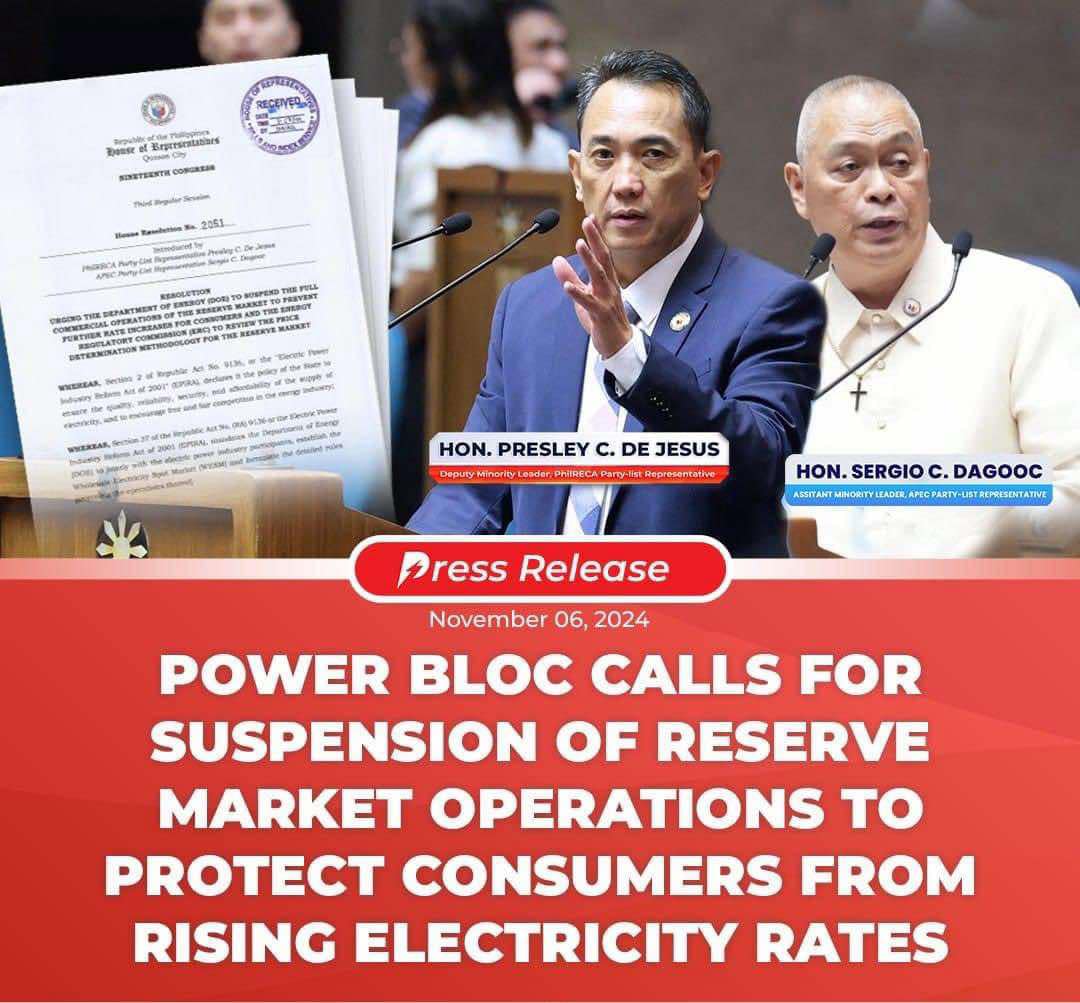
BAGUIO CITY – The Benguet Electric Cooperative (BENECO) has identified two key factors that could lead to a reduction in electricity rates for its member-consumer owners (MCOs): a decrease in generation costs and the removal of the Ancillary Services Reserve Market (ASRM) charges in transmission fees.
In a press release issued by BENECO today, Fraiser Angayen, BENECO’s Non-Network Services Department Manager, explained that if these developments materialize, MCOs would see a drop in their power bills.
The generation rate, which is collected by distribution utilities (DUs) like BENECO and remitted to their power suppliers, remains a significant, variable component of electricity costs.
This rate fluctuates based on factors like foreign exchange rates and the cost of fuel, particularly for coal-dependent power plants.
Angayen emphasized that this pass-through charge can account for more than 50% of a typical monthly bill.
Meanwhile, the ASRM, bundled with the transmission charge, covers the costs of standby power suppliers.
These are activated when regular power generators cannot meet demand, ensuring grid stability and preventing system collapses due to insufficient power supply.
However, recent data shows a concerning rise in ASRM-related costs.
Angayen revealed that BENECO’s ASRM charges increased from PHP 12,094,644.85 in September to PHP 16,594,852.44 in October, marking a jump of PHP 4,500,207.59.
This spike has drawn the attention of the “Power Bloc” in Congress, which includes the Philippine Resilient Electric Cooperatives and Consumers Alliance (PhilRECA) Party-List and the Association of Philippine Electric Cooperatives (APEC) Party-List.
They have called for the removal of ASRM charges, citing their impact on rising electricity costs.
In a joint statement, the “Power Bloc” noted that since the ASRM resumed commercial operations on August 5, 2024, electricity prices have increased sharply, raising questions about the market’s structure and its effect on consumers already burdened by financial challenges.
Nationwide, ancillary service charges have surged since the commercial operation of the reserve market began.
By February 2024, one month after its reactivation, Luzon saw a 31.4% increase in rates, while Visayas and Mindanao experienced even higher jumps of 64.4% and 58%, respectively.
When the reserve market resumed after a suspension in August 2024, the situation worsened, with Luzon’s rates rising by 40.7%, Visayas by 35%, and Mindanao by a staggering 78%.
Originally, the reserve market was intended to promote competitive pricing in the spot market and ensure affordable electricity for consumers.
However, its implementation appears to have led to the opposite effect, with escalating costs contradicting its founding objectives.
Addressing these concerns, Rep. Sergio Dagooc of the APEC Party-List expressed alarm over the unintended consequences of the reserve market, emphasizing the need to protect Filipino consumers.
“Our primary concern is the welfare of our consumers. The significant increases in electricity rates since the implementation of the reserve market are alarming and contradict its very purpose,” Dagooc said.
“We cannot stand idly by while our constituents struggle with ever-increasing power bills.”
Echoing this sentiment, Rep. Presley de Jesus of PhilRECA stressed the urgency of addressing the issue.
“The current situation in the energy market is untenable. We are committed to collaborating with our colleagues in Congress, the Department of Energy (DOE), and the Energy Regulatory Commission (ERC) to find a solution that safeguards consumers while ensuring the stability of our power grid,” de Jesus affirmed.
BENECO and legislative allies are thus pushing for measures to stabilize electricity rates and alleviate the financial burdens on consumers, while ensuring the continued reliability of the country’s power infrastructure.
Share
